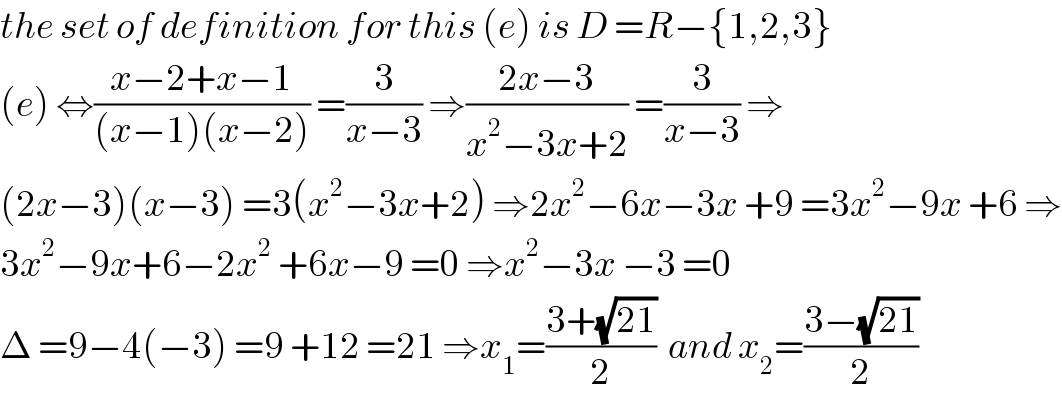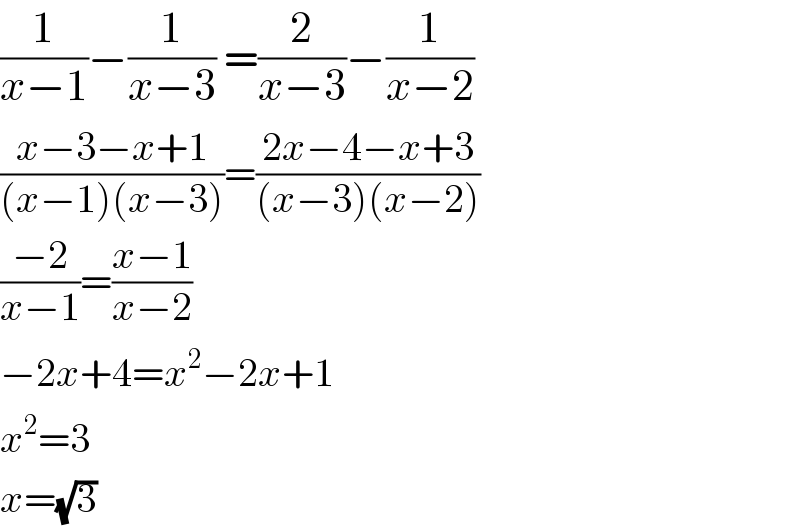
Question and Answers Forum
Question Number 62610 by hovea cw last updated on 23/Jun/19

Commented by mathmax by abdo last updated on 24/Jun/19

Commented by $@ty@m last updated on 24/Jun/19

Answered by $@ty@m last updated on 23/Jun/19

Answered by MJS last updated on 23/Jun/19

